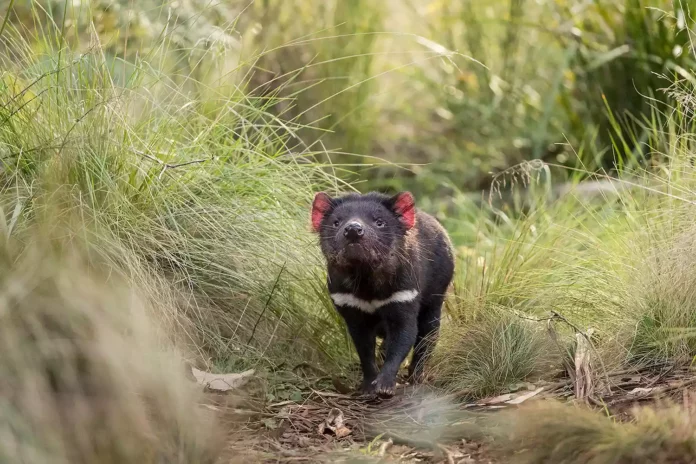As Australian wildlife struggles to bounce back from the 2019-2020 bushfires, reintroduction efforts offer better insights and new hope into the future of the continent’s native species.
In 1996, a contagious disease dubbed Devil Facial Tumor Disease (DFTD) began to spread rapidly through Australia’s Tasmanian devil population. The contagious cancer is almost always fatal, claiming its victims within a year. More than 80 percent of the species have been lost since the DFTD outbreak’s start. There are now fewer than 25,000 Tasmanian devils left in the wild, according to best estimates.
Losses are almost immediately noticeable in Tasmania — Australia’s only island state is about the size of West Virginia. It’s an intricate, interconnected ecosystem vulnerable to the impacts of disease, habitat loss, and climate change, among other threats.
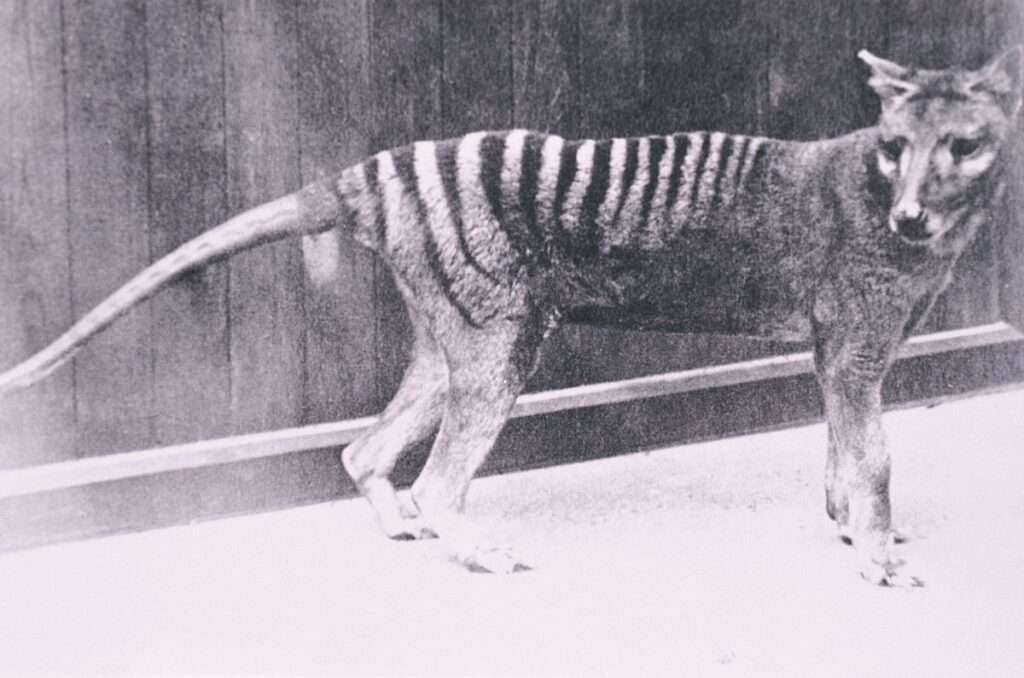
Tasmania has been here before. More than a century ago, the island saw the Tasmanian tiger declared extinct after decades of hunting, habitat loss, and the spread of mange and other diseases ravaged the carnivorous marsupial. By the mid-1930s, the only remaining Tasmanian Tigers (thylacines) were found at the zoo in Hobart, Tasmania’s capital city.
The last one died in September 1936 — a result of exposure to the cold, the zoo said. It was a death as undignified as the acts that led up to its extinction. Europeans who settled in Tasmania feared their livestock would fall victim to the tigers, leading the Tasmanian government to offer bounties on the animals who were hunted freely.
And while there have been rumors of Tasmanian tiger sightings in the decades since it was declared extinct, none have been verified.
A study published earlier this year in the journal Science looked at more than 1,200 reported sightings of Tasmanian tigers. Despite the existence of some credible sightings — those by park rangers, scientists, and the like — the researchers found the likelihood of any individuals surviving to present day highly unlikely.
But for the Tasmanian devil, at least, there could be a happier ending.
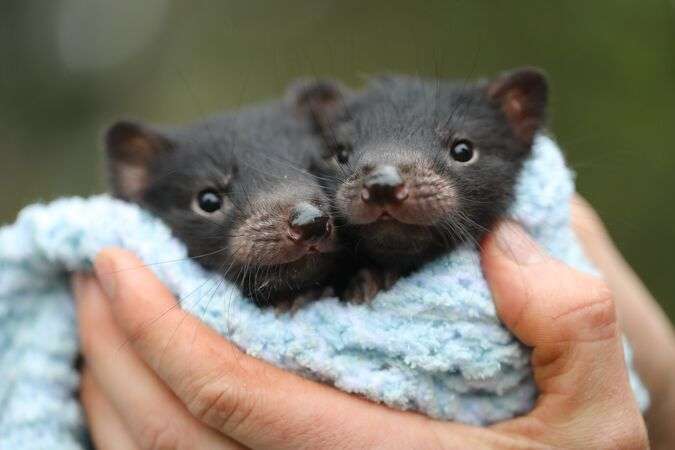
In 2020, several Tasmanian devils were released into the wild at Barrington Tops’ wildlife sanctuary in New South Wales — Australia’s mainland. The devils were once found across all of Australia, but following the introduction of dingoes several thousand years ago, the devils were wiped out — except for Tasmania, where the dingoes were never introduced.
The reintroduction program, helmed by Aussie Ark, has announced the birth of the first set of joeys in the wilds of mainland Australia this year. The three joeys were born to a Tasmanian devil named Adventurous Lisa — one of the first 11 individuals released into the 1,000-acre (400-hectare) wildlife sanctuary in 2020. That release was attended by actors Chris Hemsworth and Elsa Pataky.
“We were in the middle of routine devil health checks when we were overjoyed to discover Lisa had joeys,” Tim Faulkner, Aussie Ark managing director, said in a statement. “This is the very first confirmed devil joeys of 2023, and proof yet again that our breeding program and rewilding program is working.”
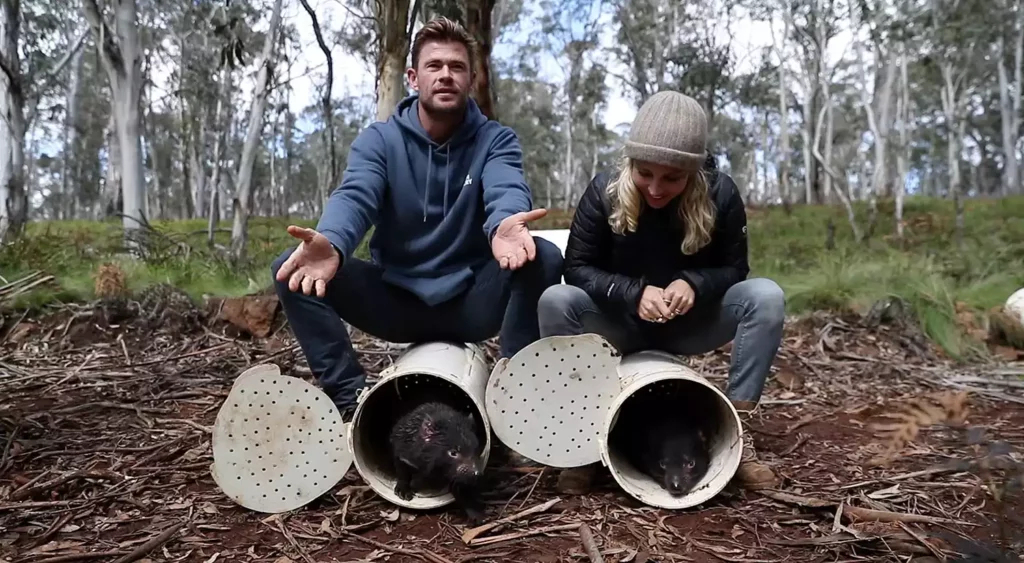
The world’s largest carnivorous marsupials, Tasmanian devils are apex predators who help to control feral cat and fox populations that pose threats to other native species. They’re also scavengers that can help thwart the spread of infectious diseases. They are one of the continent’s seven cornerstone species alongside the Eastern quoll, Brush-tail rock wallabies, Rufous bettong, long-nosed potoroo, parma wallabies, and Southern brown bandicoots.
“This is a great example of how returning a species to its wild home can rewild the entire ecosystem,” Janice Chanson, Re:wild senior associate of species conservation, said in a statement. “This is particularly important in combatting climate change and biodiversity loss and in improving the overall health of our planet. Aussie Ark is also providing a model for how we can effectively rewild struggling ecosystems around the world.”
2019-2020 bushfires
The joey births come as Australian wildlife is rebounding from the bushfires in the months leading up to the covid pandemic. The fires, which raged between June 2019 and February 2020 predominantly across New South Wales and the Northern Territory, displaced or killed nearly 3 billion animals. In total, more than 140 million mammals and marsupials, 2.46 billion reptiles, 180 million birds, and 51 million frogs were harmed. “It’s a difficult number to comprehend,” Professor Chris Dickman of the University of Sydney, said in a statement in 2020.
Dickman was part of a team of ten scientists who studied the impact of the fires across more than 28 million acres. “We believe a continent-wide assessment of the number of animals that might be impacted has never been done in Australia before or anywhere else in the world. Other nations can build upon this research to improve understanding of fire impacts everywhere,” said Dr. Lily Van Eeden of the University of Sydney, who led the study.
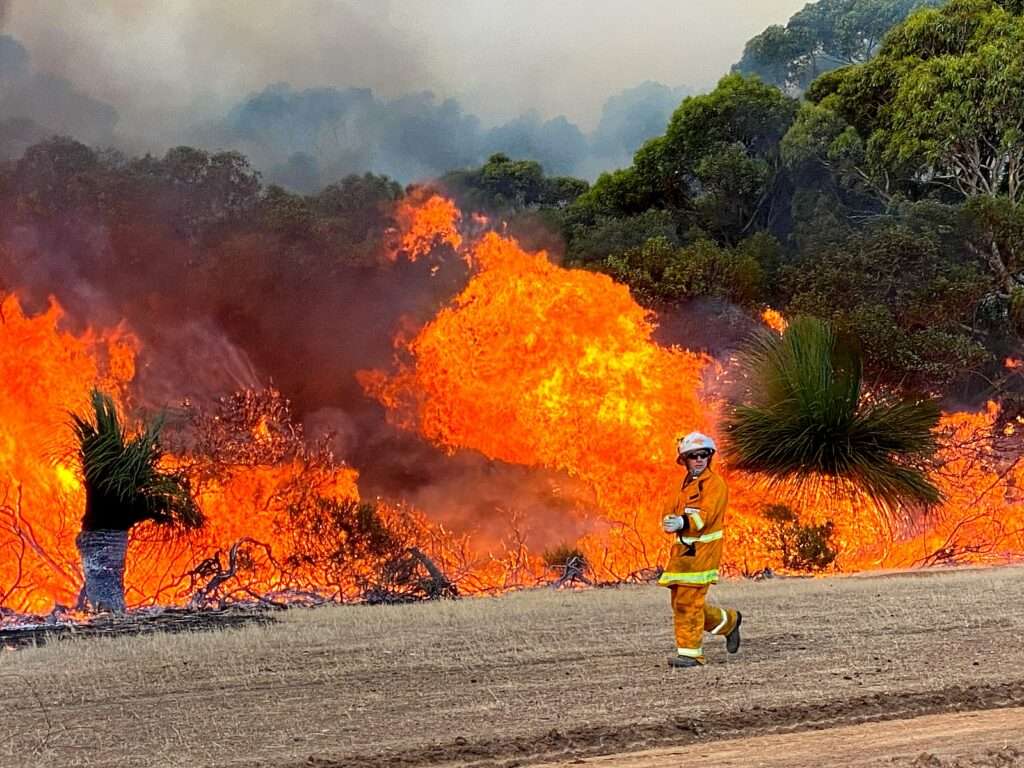
Wildlife Insights, an AI-powered platform developed by Google, has been used to help analyze data from across the affected regions — mainly photos of wildlife captured by field monitoring systems. According to that data, animals are returning to the forests, but recovery is a slow process, the experts say. Invasive species are also thriving, which in Australia’s delicate ecosystem, can mean significant competition for resources for native wildlife.
“In a place like Australia, where invasive species are pervasive, it’s really important to understand how fire can lead to an increase in invasive species, which often colonize areas that are disturbed,” Conservation International wildlife scientist Jorge Ahumada said in a statement.
The “Eyes on Recovery” AI monitoring could help to change that by offering a clearer picture of the pressures on native species.
One thing scientists are aiming to understand is how the climate crisis worsened the 2019-2020 fire season with prolonged drought fueling the fires and putting pressure on already-taxed ecosystems and species. According to WWF-Australia CEO Dermot O’Gorman, the research “gives other countries a window into the future of mega-fires and their devastating impact on wildlife.”
Ahumada says resiliency in nature is frequently discussed, particularly in the face of climate change and more frequent natural disasters. “But what exactly does that mean? These cameras — and the AI we’ve developed — are giving us clues that can support species’ survival in future wildfires.”
Australia is also seeing another wildlife reintroduction effort get underway. Last week, officials released four female duckbilled platypuses inside Royal National Park. It’s the first reintroduction effort for platypuses there since the world’s only egg-laying mammals disappeared from the park south of Sydney some 50 years ago.
Experts think a nearby chemical spill in the 1970s drove the platypuses out of the park, but the Taronga Zoo says the animals may have also been displaced as early victims of climate change.
“While their elusive behavior keeps them from view, under the surface they are particularly susceptible to drought and environmental change,” Cameron Kerr, director of the zoo’s conservation society, said in a statement.
“Platypus are the silent victims of climate change.”
Related on Ethos:

